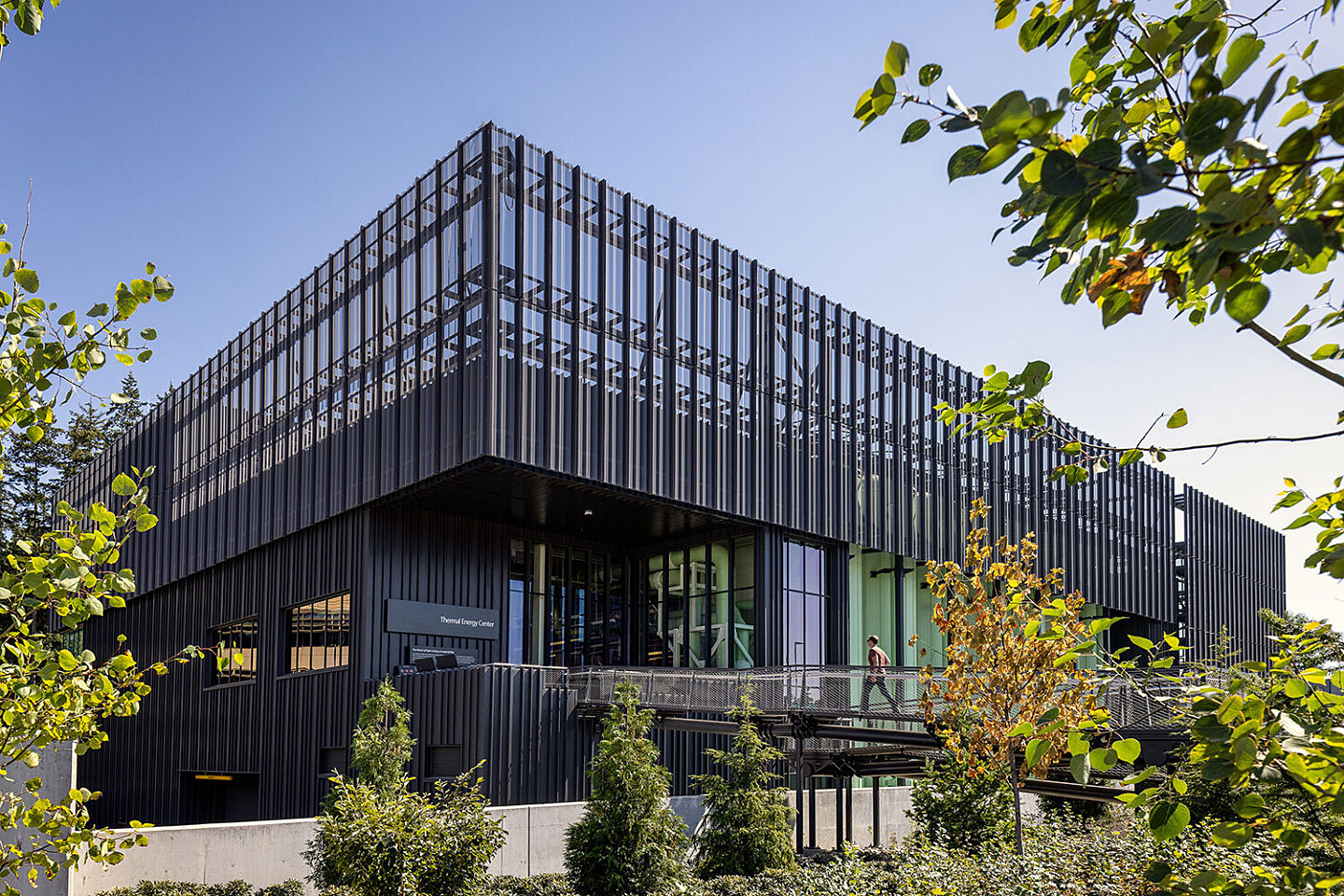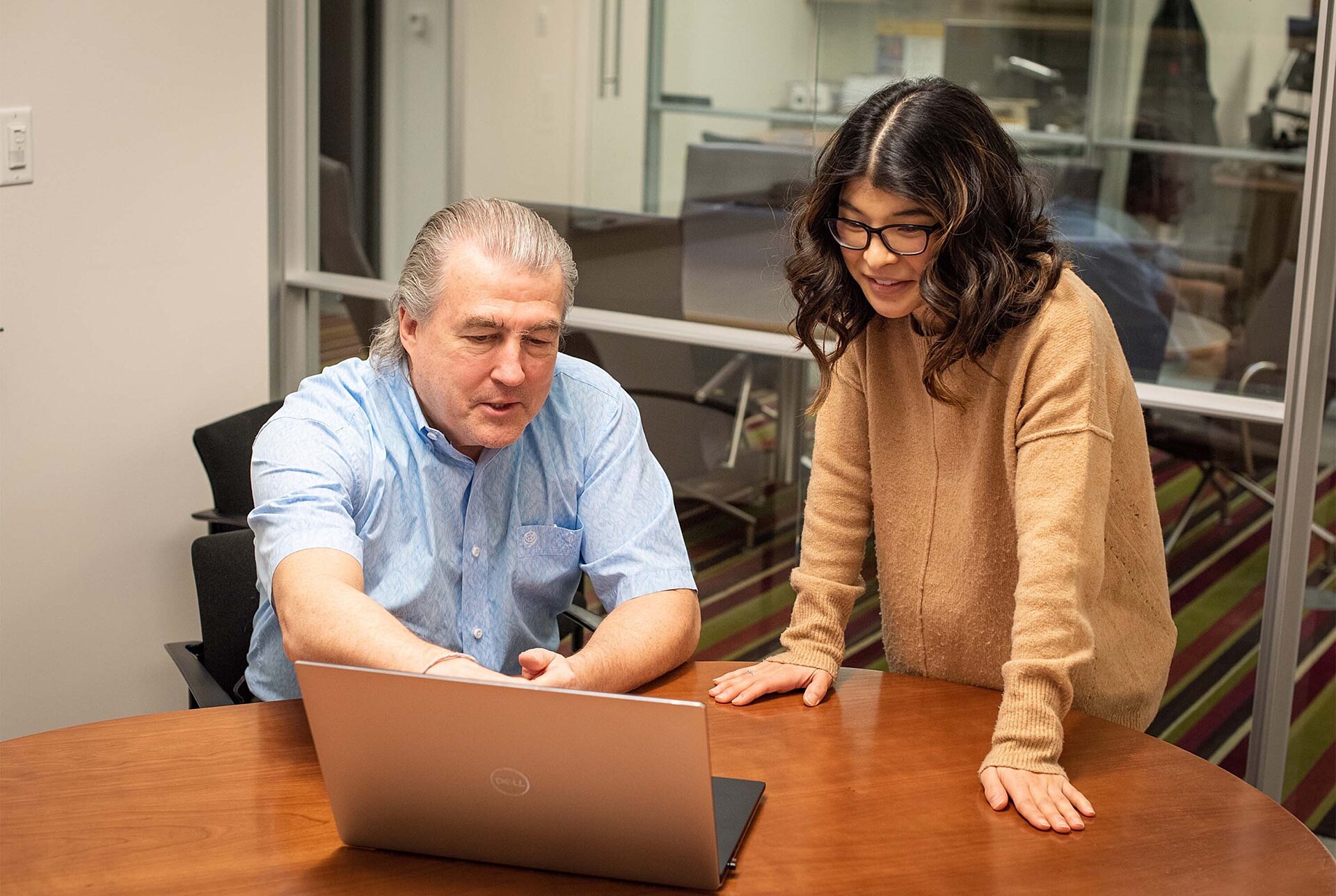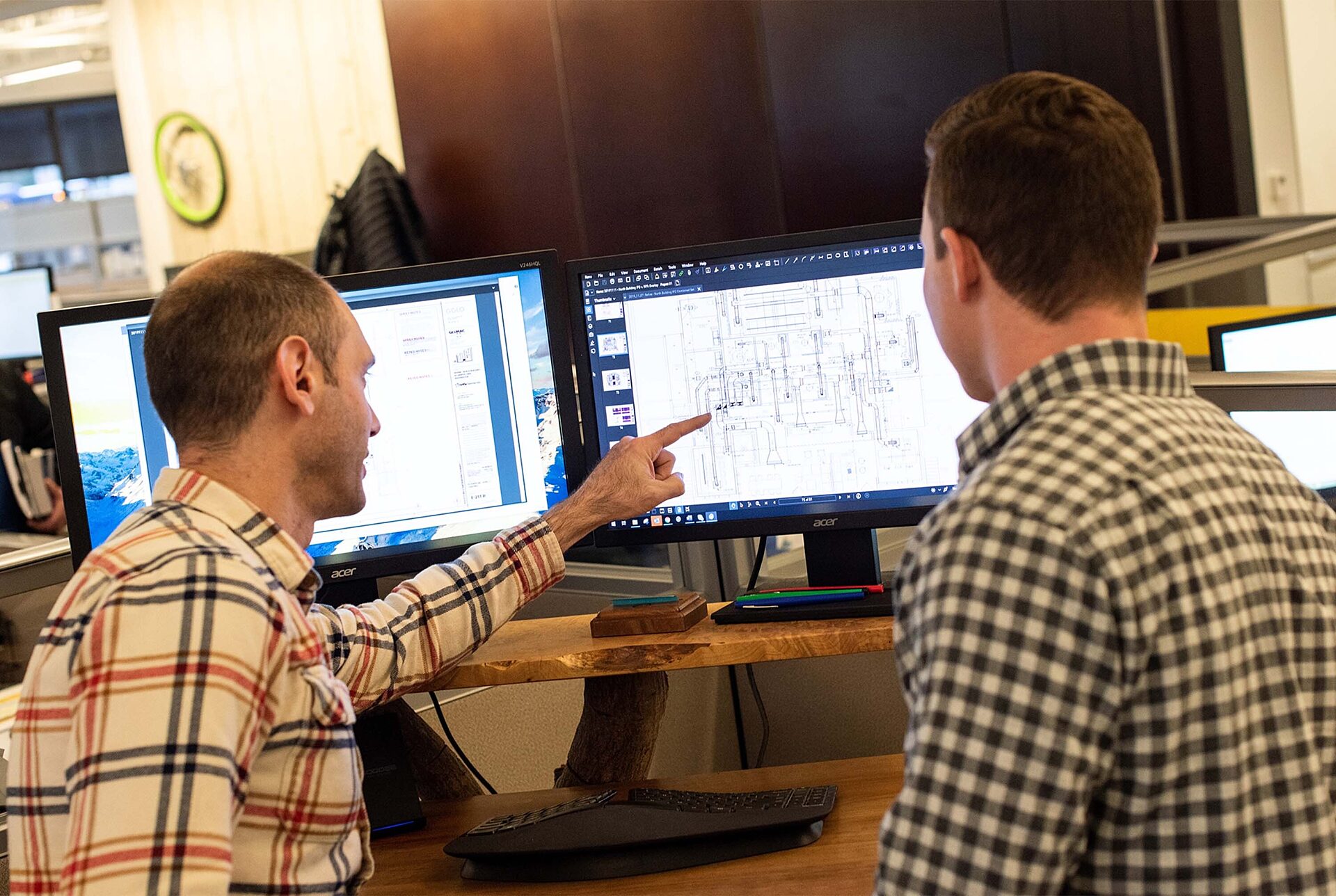Projects

News 12.11.2023
Northwest Project of the Year 2023: Microsoft Thermal Energy Center
The Microsoft Thermal Energy Center is ENR NW's Project of the Year.
ENR NW
External Source

GLY
The preconstruction and design process is the nine-tenths of the iceberg that lies beneath the surface. Most of us only see the impressive one-tenth rising above the surface—the glittering finished product. However, in the same way that the iceberg’s tip is formed by impact of the ocean currents on its submerged mass, preconstruction is the vital factor that ultimately determines the outcome of the finished building. Investing due care and attention in the complexity of the preconstruction task ensures that construction proceeds smoothly, and the final product is of much higher quality with less risk.
At a typical construction firm, engineering specialists consult only at critical steps in the preconstruction and design process when they can provide specific expertise. At GLY, we reimagined the construction process to engage specialists and design engineers from start to finish, and value their insight and perspective throughout the process.
Our MEPF [mechanical, electrical, plumbing and fire] internal power pair, Erik Bedell and Reggie Grantham, is instrumental in helping us understand the value of a more holistic approach to MEPF systems. Their involvement during the entire preconstruction and design process not only allows us to carefully consider every detail before a shovel hits the ground, it also assists in creating a seamless transition between our preconstruction and construction teams, eliminating potential risk and facilitating a more harmonious team environment.

GLY’s MEPF Preconstruction Manager Reggie Grantham and Principal Tess Wakasugi-Don.
Erik and Reggie are the people who take GLY’s comprehensive MEPF preconstruction strategy to the next level. Erik, a professional engineer, specializes in mechanical and plumbing, while Reggie brings electrical expertise. Given their experience, both cross over in each other’s scope of work and together assist in managing the fire protection and low voltage scopes. Working together with MEPF partners, they plan the building’s central nervous system and its critical functions.
Erik started his career as a mechanical and plumbing engineer then transitioned to preconstruction and estimating for a design-build mechanical contractor. He originally joined GLY to augment our preconstruction, estimating, and design-build/assist services, but his first job was so MEP-intensive that he stayed on to help with the commissioning. This was new territory for Erik. He realized that he loved being out in the field because it gave him a whole new perspective on system constructability.
Before joining GLY, Reggie gained extensive experience as both a foreman in the field and later as an estimator and project manager on both the general contractor and electrical contractor side of construction. As his career evolved into MEPF Preconstruction Manager, Reggie drew upon his prior experience to discover best practice methods to communicate between the MEPF subcontractors, the owner and the GC teams.
“I joined GLY because of the commitment to the builders with the boots on the ground,” explains Reggie, “it’s the kind of ‘beginning-to-end’ strategy that recognizes that all the value we create ultimately relies upon the quality of execution in the field.”
For both Erik and Reggie, the opportunity to visit and work on a jobsite during construction, side-by-side with their MEPF partners, broadened their understanding of the entire construction process. Seeing the complexity involved in translating MEPF systems from two-dimensional drawings, to MEP models, and finally into three dimensional objects that are installed within a building’s constraints gave them insight into how to improve the process.

GLY Mechanical Specialist Erik Bedell and Senior Project Engineer Noah Martin.
Both Erik and Reggie describe their primary responsibility as creating value to lower the risk for the owner. MEPF systems are among the most complex and expensive parts of the building where changes and cost can accumulate quickly. They work side-by-side with GLY’s Senior Preconstruction Managers and Principals to analyze the design, code implications, costs, and constructability, not just by looking directly at the MEPF systems but by examining how the MEPF systems interact with the building as a whole. For the owner, this means the assurance that once the design and estimates are reviewed and established there will be significantly less risk of changes in scope and costs through the construction of the project.
From past experiences, both have seen how easy it is to become focused on items that are important to their own specialty, to the detriment of the overall project.
“Mechanical and electrical systems are very important if you’re a MEP engineer, and it’s easy to become hyper-focused on providing the owner the latest and greatest. But the most important consideration for an owner is value. Owners want a system that keeps people comfortable, is reliable and, most importantly, cost-effective. Depending on the owner’s ultimate goals, and these vary on every project, the MEP systems can be the most important scope of work or be much lower on the list of priorities. It’s important that we listen to our clients and our customers and assist in giving them exactly want they want and, most importantly, what they can afford” explains Erik.
With this understanding, Erik and Reggie focus on optimizing MEP systems to meet the owner’s desired goals and, where possible, freeing up capital to spend on other priorities; these may range from lofty sustainability goals to premium finishes or the latest user experience technology. By maintaining constant dialogue between the owner and the contractors, analyzing system design and costs and working collaboratively with GLY’s preconstruction managers, they can stretch every penny as far as it can go without sacrificing the quality of the systems.
Erik neatly sums up GLY’s preconstruction philosophy: “We’re part of something bigger; the mechanical, electrical and plumbing systems are important but it all has to fit, meet budget and owner expectations, and work within the framework of all the other building components. I never would have understood that if I’d just stayed behind my desk.”
Tags: